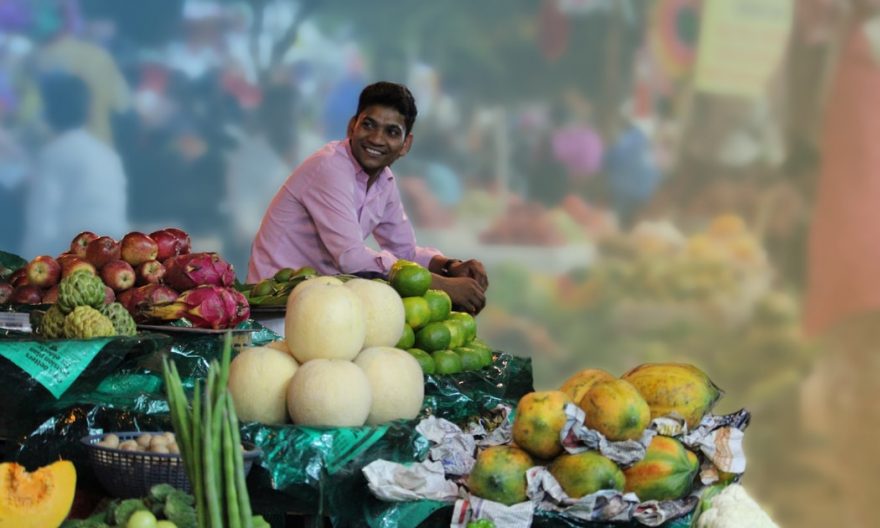
Sticky inflation pesters RBI: Retail inflation in India has rebounded to 4.81% in June, climbing from a 25-month low in the previous month, fueled by higher food prices, particularly of cereals and pulses. However, it remains within the RBI’s tolerance band for medium-term inflation, data released last week by the National Statistical Office. Inflation rate based on the Consumer Price Index rose after four moderate months since February. The RBI’s bi-monthly monetary policy which is due next month is influenced by retail inflation measured in terms of the Consumer Price Index.
The retail inflation has moderated compared with the figures last year which shows that India’s tight monetary policy has borne fruit. The RBI had previously cautioned against mistaking optimistic economic indicators as an opportunity to lower guards, as doing so would jeopardise the hard-earned results. Over the past year, the RBI had been consistently raising repo rates, taking cues not only from global central banks but also to curb domestic retail inflation that had exceeded the RBI’s tolerance level. In June 2022, retail inflation had stood at 7%.
READ | SEBI struggles to regulate FPIs as tax havens pose a challenge
Sticky inflation remains a worry
Sticky inflation means inflation is taking longer than expected to fall. Essentially, higher food and fuel prices have seeped into the broader economy and made everything costlier. With the rise in inflation, it is expected that the Monetary Policy Committee will maintain a hawkish stance in August 2023 and keep the repo rate unchanged. This decision will likely indicate that a shift towards rate cuts is not imminent. The central bank raises the repo rate when it believes that inflation is not under control. Higher interest rates will drag down the overall demand for goods and services. Consequently, lower demand is expected to cool down inflation.
Raising repo rates to tame inflation is a double-edged sword, as each subsequent increase also harms India’s economic growth. It represents a constant struggle between maintaining price stability and promoting growth, which is crucial for job creation and reducing unemployment. The persistence of sticky inflation requires the RBI to continue raising interest rates. If the central bank chooses to keep the rates high for a longer period, it will hurt India’s economic recovery.
India is not the only country facing sticky inflation and many others including the US and euro zone are also struggling to extricate themselves from sticky inflation. Recently, the US Federal Reserve also hinted that the policymakers are likely to raise the benchmark federal funds rate two more times in 2023 to above 5.5%. This dims the prospect of global markets as investors are already spooked by the aggressive Fed tightening in the past 15 months. India’s RBI also takes cues from the Fed’s rate hikes.
State of the economy
The uneven monsoon rains are bogging down the prospects of Indian economy as there are upside risks to CPI inflation over the next few months. Below-normal rainfall in June has resulted in an 8.7% decline in kharif sowing compared to the previous year, as of July 7. Moving forward, the impact of July showers will be critical as approximately 50% of kharif sowing occurs during this month. Well-distributed rainfall across regions in July is essential for replenishing reservoirs and accelerating the pace of kharif sowing.
On the flip side, unequal monsoon rainfall will have a negative impact and heavily influence food prices, as evidenced by the substantial increase in tomato prices by 400% due to reduced availability of this kitchen staple. Tomatoes, onions, and potatoes carry significant weight in inflation calculations as they are essential items.
Going ahead, the rise in food prices is expected to be influenced by various factors such as changes in demand-supply dynamics, fluctuations in global commodity prices, government policies, or other economic factors. This will have a significant bearing on inflation.
Among other major economic indicators, the country’s factory output grew to a three-month high of 5.2% in May compared with 4.5% growth in April. This is mainly because of a pickup in manufacturing and mining output. The same indicates that despite global headwinds, India’s economic wellbeing remains sound as industrial output is a key metric for understanding economic health.
An official statement said that as the factory output growth measured in terms of the Index of Industrial Production (IIP) stood at 19.7% in May 2022, mainly due to a lower base effect. The growth rates over corresponding period of previous year are to be interpreted, considering the unusual circumstances on account of COVID 19 pandemic since March 2020.
